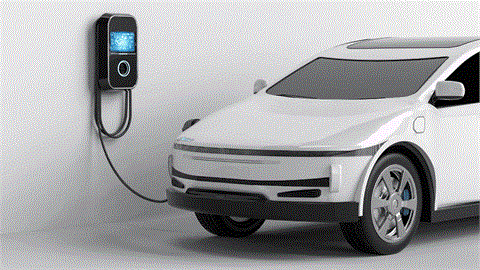The European Union on Wednesday took a step closer to a final approval of energy-efficient buildings.
The European Parliament’s Committee on Industry, Research and Energy (ITRE) called for long-term renovation strategies for investment certainty and increased energy performance of buildings, basic infrastructure for electric cars in the buildings and a new indicator to measure the capacity of buildings to improve its operation and interaction with the grid.
The approval of the informal agreement between the Parliament and the Council in the committee on energy opens the way for the final plenary vote in April, the European Parliament said in a press release.
With the provisional agreement from December 19, 2017, on the updated directive for Energy Performance of Buildings, this file was the first to reach its conclusion out of the eight legislative proposals of the Clean Energy for All Europeans package launched in November 2016.
The provisional agreement was endorsed by Council in Coreper on January 31.
If approved by the full House in the April plenary session and subsequently by the Council, the updated Energy Performance of Buildings Directive will be published in the EU Official Journal and will enter into force 20 days after publication. Member States will have 20 months to transpose the new elements of the Directive into national law.
The building sector in the EU is the largest single energy consumer in Europe, absorbing 40% of final energy, with about 75% of buildings being energy inefficient. Likewise, and depending on the Member State, only 0.4-1.2% of the stock is renovated each year.
This opens the vast potential for energy efficiency gains in Europe as well as economic opportunities: the construction industry generates about 9% of European GDP and accounts for 18 million direct jobs.
https://www.neweurope.eu/article/eu-takes-step-closer-energy-efficient-buildings/



